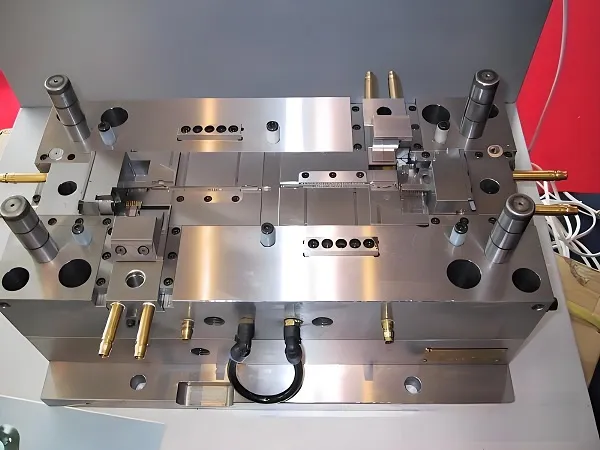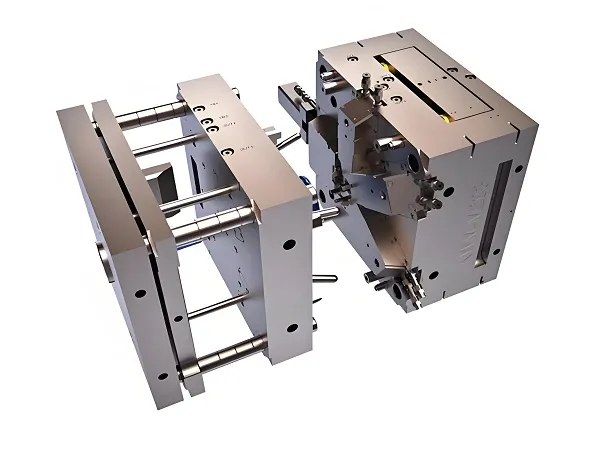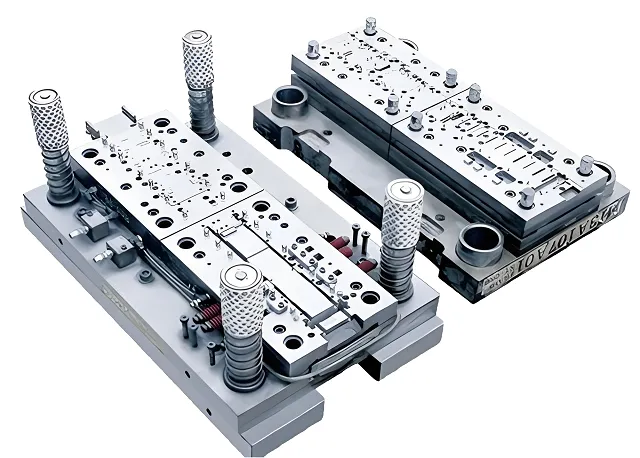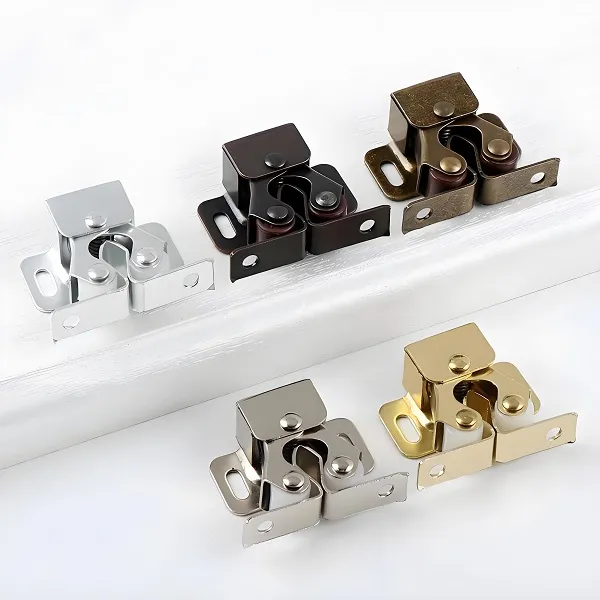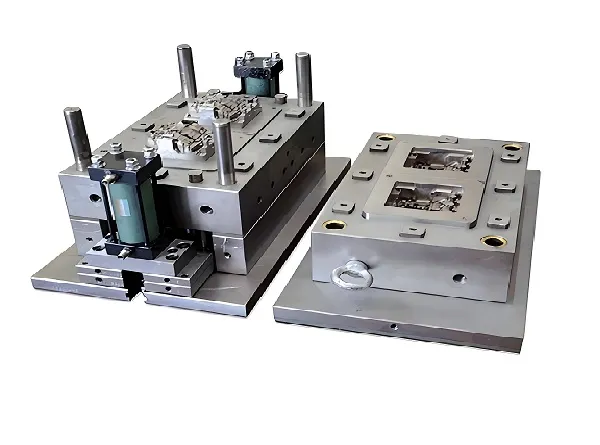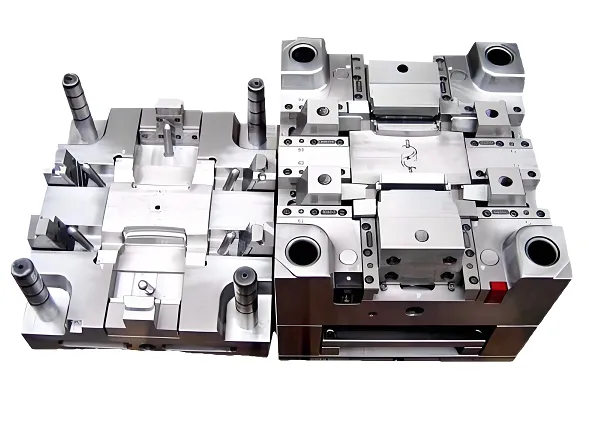This article focuses on the importance, technical characteristics, and challenges of CNC machining in the field of medical part manufacturing. It elaborates in detail the key technologies in terms of precision control, material selection, process optimization, and quality inspection, and showcases its wide applications through practical cases. At the same time, it looks forward to future development trends, emphasizing continuous innovation and raising standards to meet the growing demands of the medical industry.
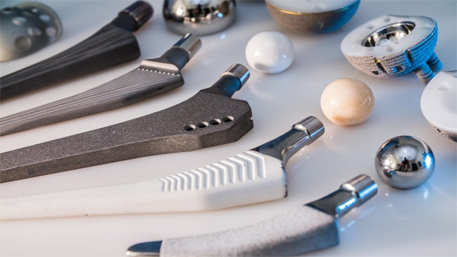
I. Advantages of CNC Medical Parts
High precision and consistency: It can achieve micron-level precision, ensuring that the size and shape of each part are highly consistent, meeting the strict requirements of medical equipment for precise fitting and reliable performance.
Complex shape processing ability: It can easily manufacture medical parts with complex geometries, such as the shells of cardiac pacemakers and components of artificial joints.
Material diversity: It is adaptable to a variety of medical-grade materials, including titanium alloys, stainless steel, polyetheretherketone (PEEK), etc., to meet different biocompatibility and performance requirements.
Repeatability: Machining is carried out according to fixed procedures and parameters to ensure that the parts produced in batches have the same quality and performance.
II. How to Customize CNC Medical Parts
Clarify requirements: Determine the requirements of the part, such as function, size, precision, material, as well as the expected usage environment and performance indicators.
Design drawings: Create detailed three-dimensional design drawings with the help of professional CAD software, including the geometry, features, and tolerance markings of the part.
Select the appropriate manufacturer: Look for a CNC machining factory with rich experience in processing medical parts, relevant qualification certifications, and advanced equipment.
Communication and collaboration: Communicate closely with the manufacturer to discuss key factors such as processing technology, feasibility, cost, and delivery time.
III. Materials for CNC Medical Part Processing
Titanium alloy: It has good biocompatibility, high strength, and corrosion resistance, and is often used in orthopedic implants and dental instruments.
Stainless steel: Such as 316L stainless steel, it has excellent corrosion resistance and mechanical properties and is suitable for surgical instruments and medical equipment housings.
Polyetheretherketone (PEEK): A high-performance plastic with high temperature resistance, chemical resistance, and good mechanical properties, often used in manufacturing non-load-bearing medical parts.
Cobalt-chromium alloy: It is often used in manufacturing medical parts that bear high loads, such as artificial joints, and has excellent wear resistance and strength.
IV. CNC Medical Part Processing Flow
Programming: Based on the design drawings, use CAM software to generate the numerical control machining program, determining the tool path, cutting parameters, etc.
Material preparation: Select the appropriate blank material and perform cutting, forging, or preprocessing to achieve the initial shape.
Clamping and positioning: Fix the blank on the machine tool worktable to ensure stability and accuracy during the processing.
Rough machining: Remove most of the excess material to approach the final shape of the part, leaving an appropriate allowance for finish machining.
Semi-finish machining: Further improve the shape and size accuracy of the part and reduce the allowance.
Finish machining: Achieve the final precision and surface quality requirements, such as mirror polishing.
Cleaning and inspection: Conduct strict cleaning of the processed part, remove impurities such as oil stains and chips, and use equipment such as a coordinate measuring machine for precision inspection.
V. Customization of CNC Medical Parts
Personalized medicine: Customize medical devices according to the specific anatomical structure of patients, such as customized prosthetics and orthopedic appliances, to improve treatment effects and patient comfort.
Small batch production: Meet the needs of small batch part production for specific medical projects or research, flexibly adapting to different clinical applications.
VI. Application Cases of CNC Medical Parts
Orthopedic implants: Such as hip and knee replacement components, achieving perfect matching with human bones and long-term stability through precise processing.
Cardiovascular devices: Heart stents, vascular clips, etc., require high precision and good surface finish to reduce the resistance of blood flow and the risk of thrombosis formation.
Dental restoration: Dental implants, crowns, etc., need to be customized according to the patient’s oral structure.
VII. Common Problems of CNC Medical Parts
Surface roughness problems: May be caused by tool wear, improper cutting parameters, or unreasonable processing paths, affecting the biocompatibility and service life of the part.
Dimensional deviation: Unstable clamping, decreased machine tool accuracy, or programming errors may cause dimensional deviations, resulting in the part being unable to be assembled or used properly.
Material defects: Defects in the raw material itself or cracks and pores generated during processing affect the strength and reliability of the part.
Solving these problems requires a strict quality control system, regular equipment maintenance, skilled operators, and optimized processing techniques.

